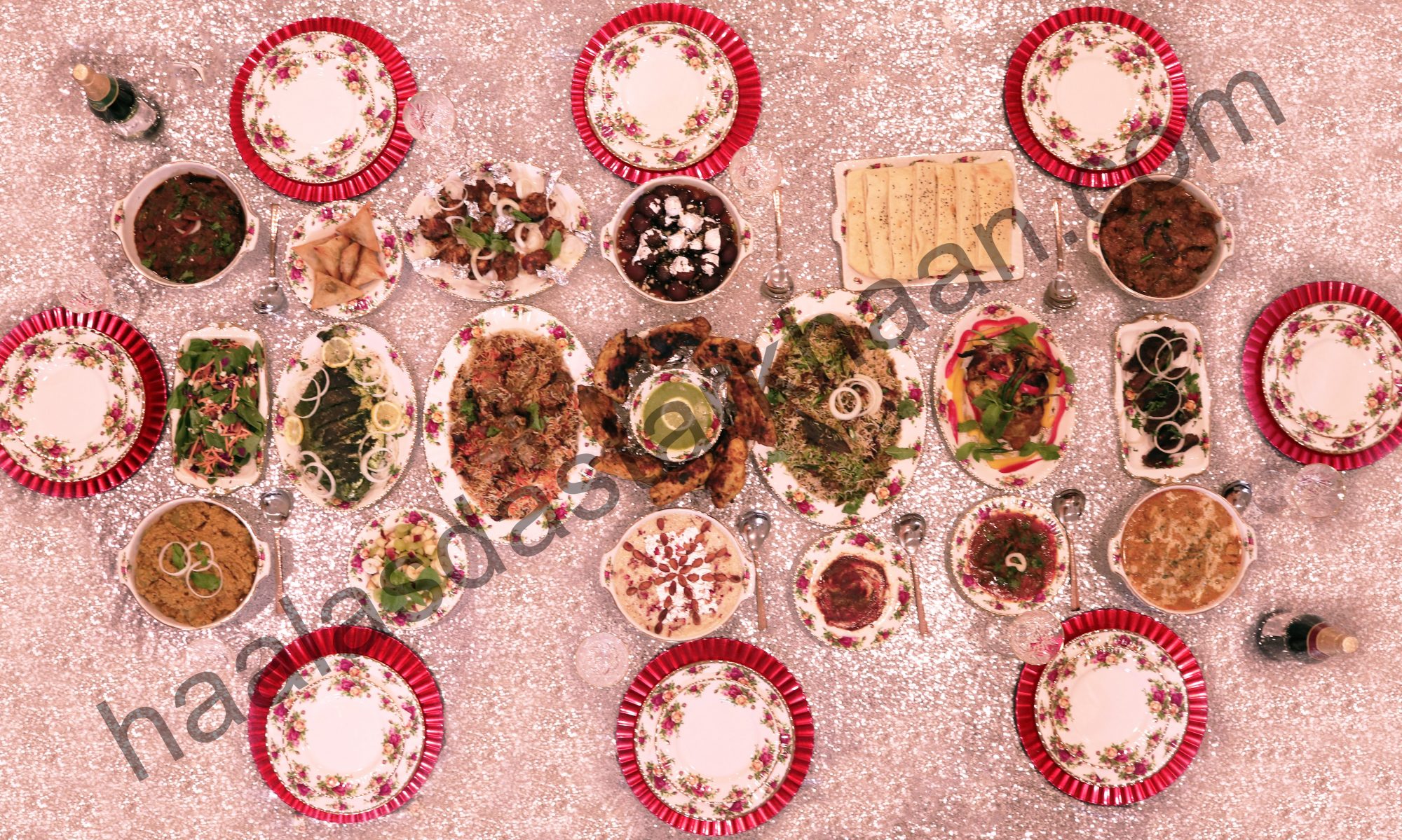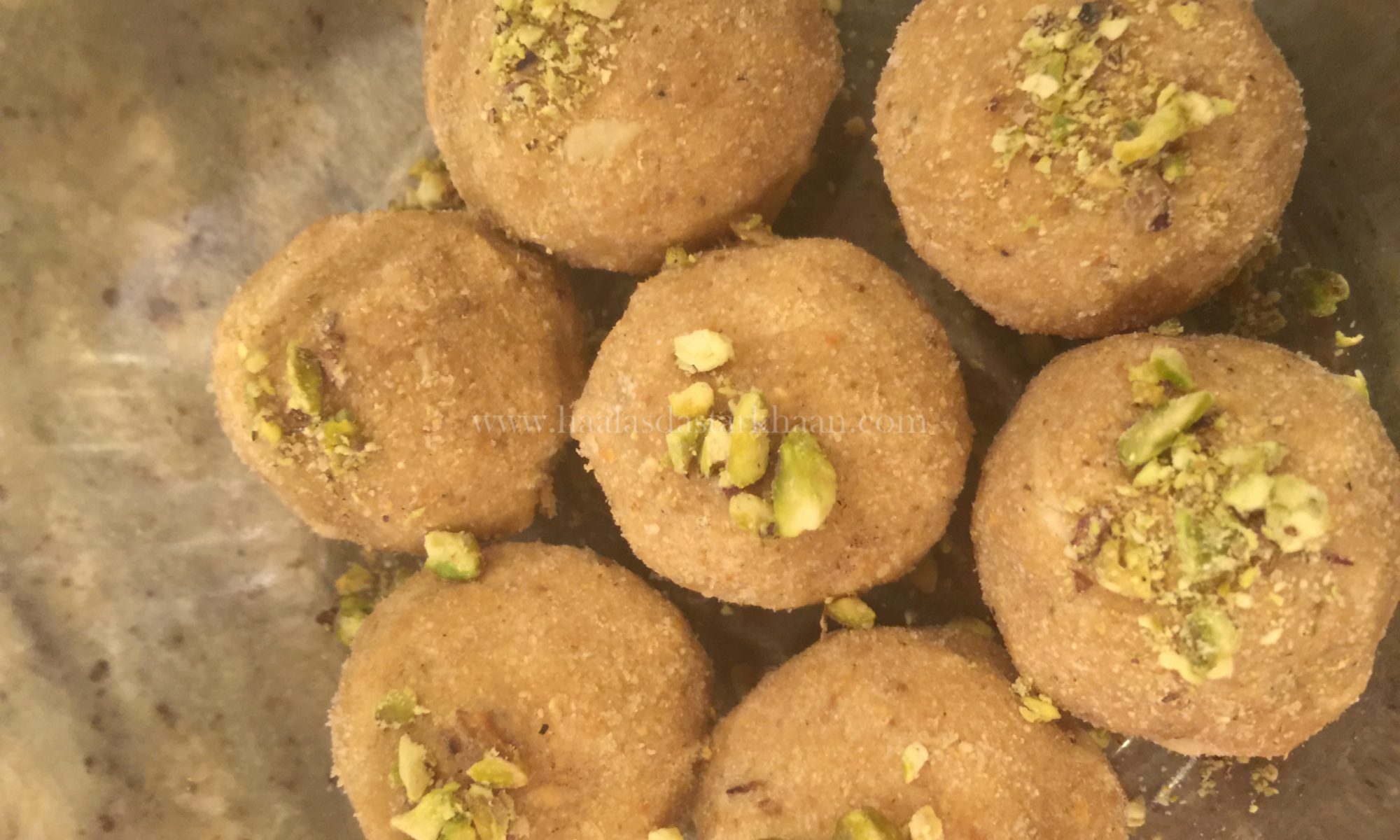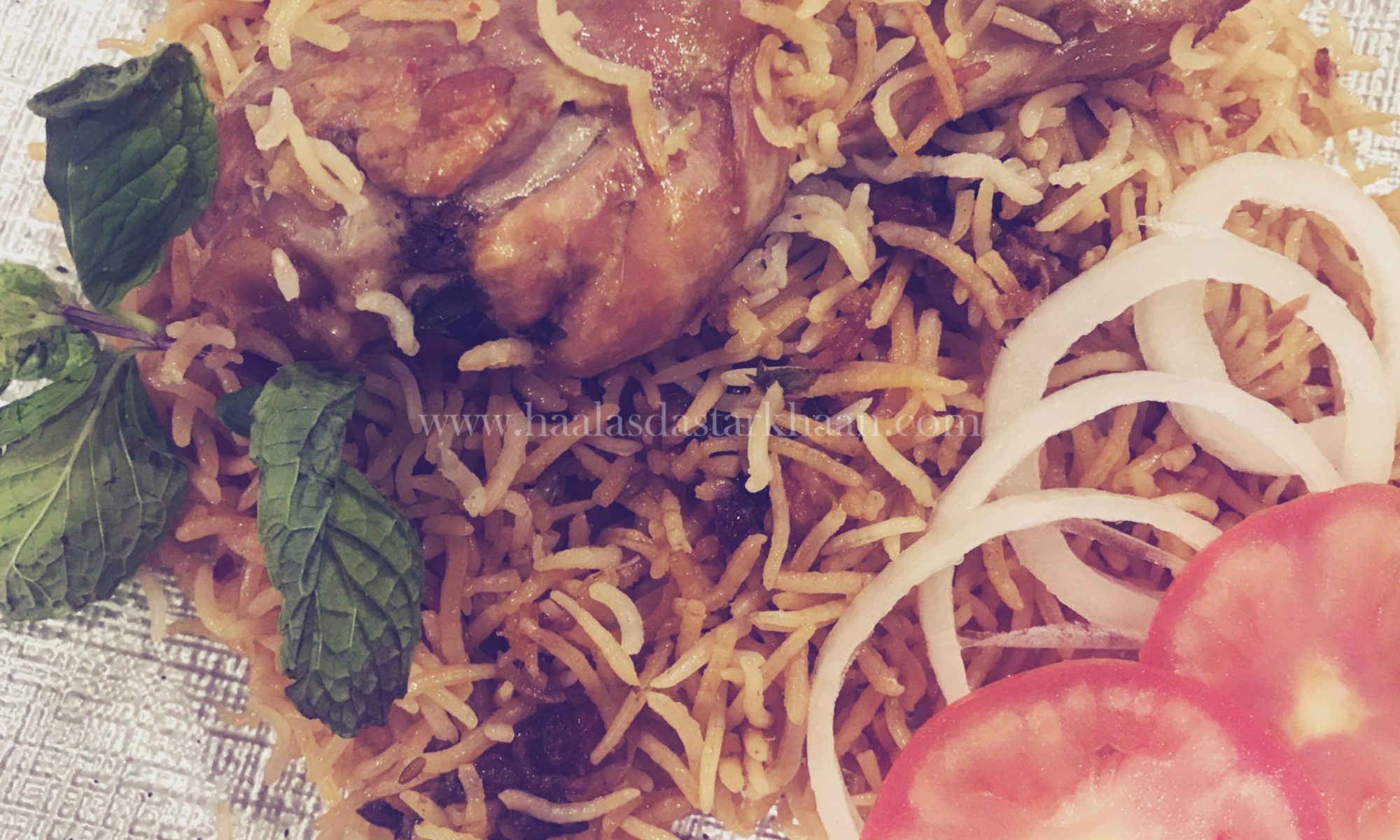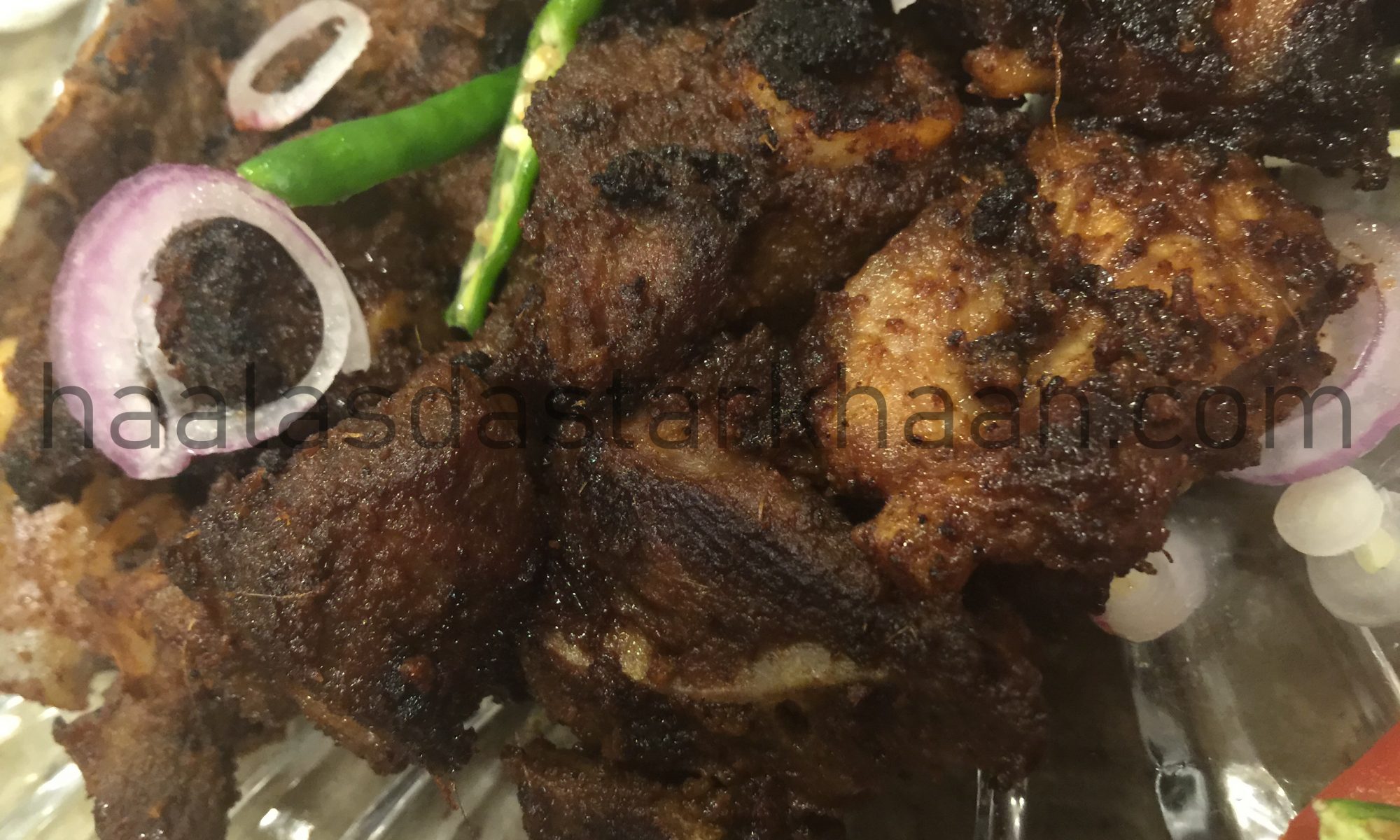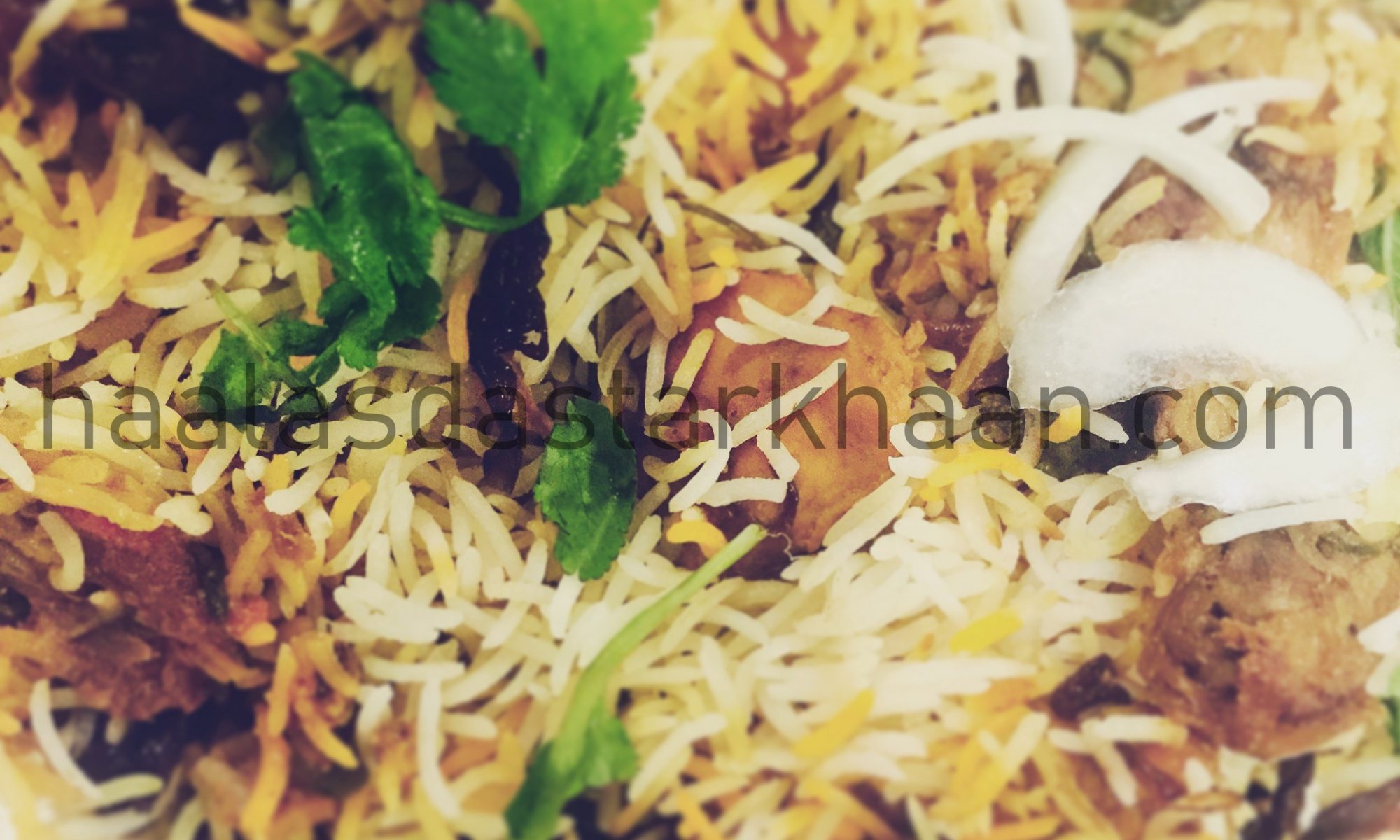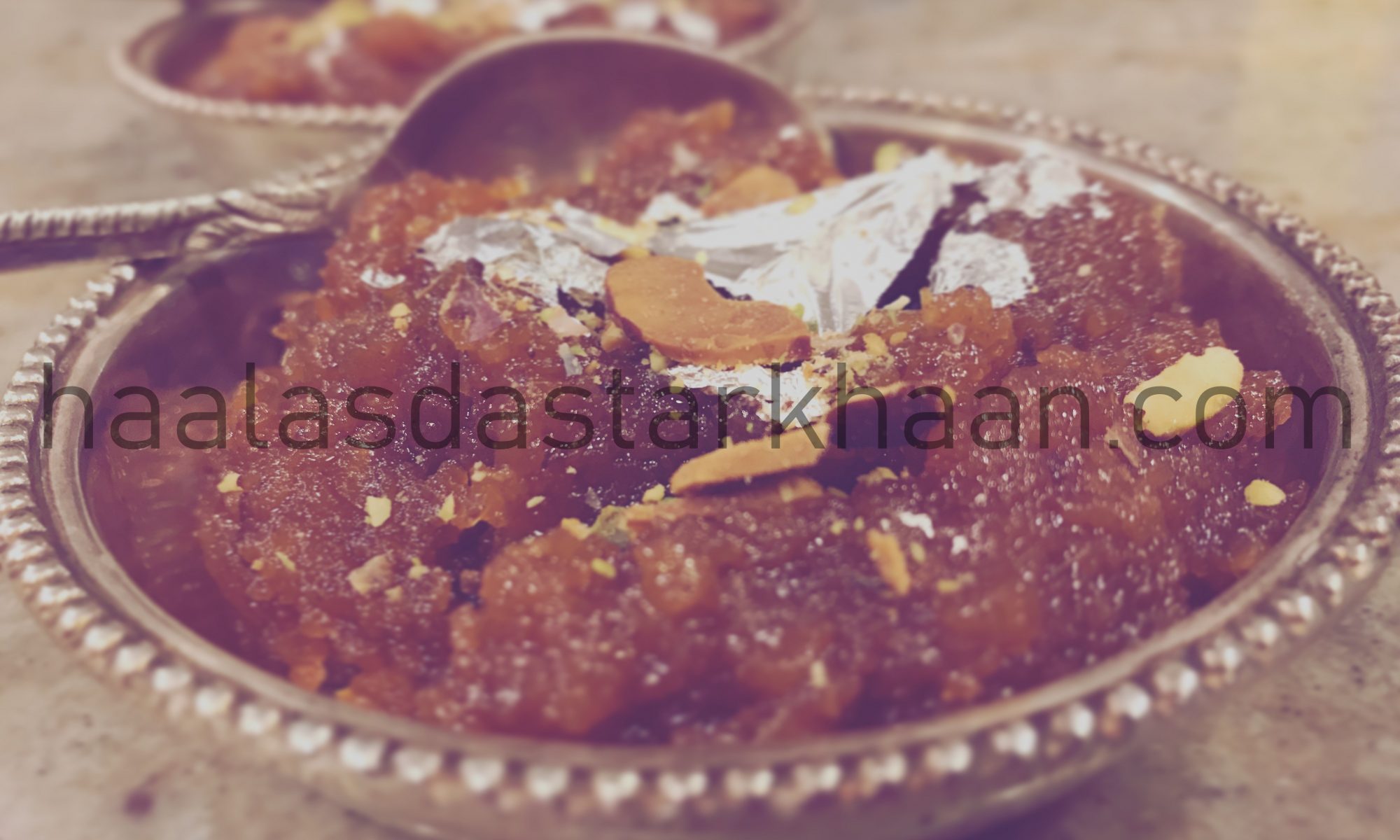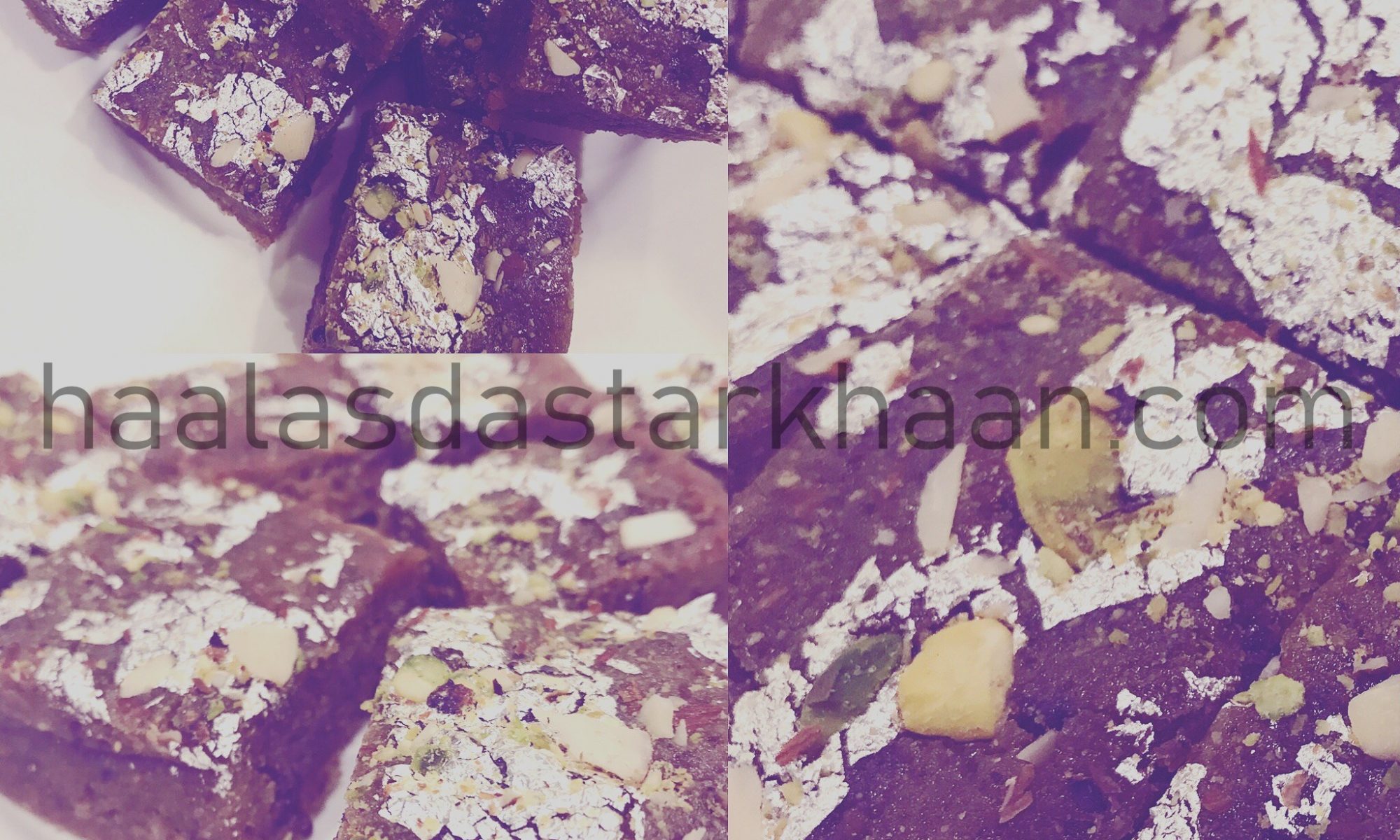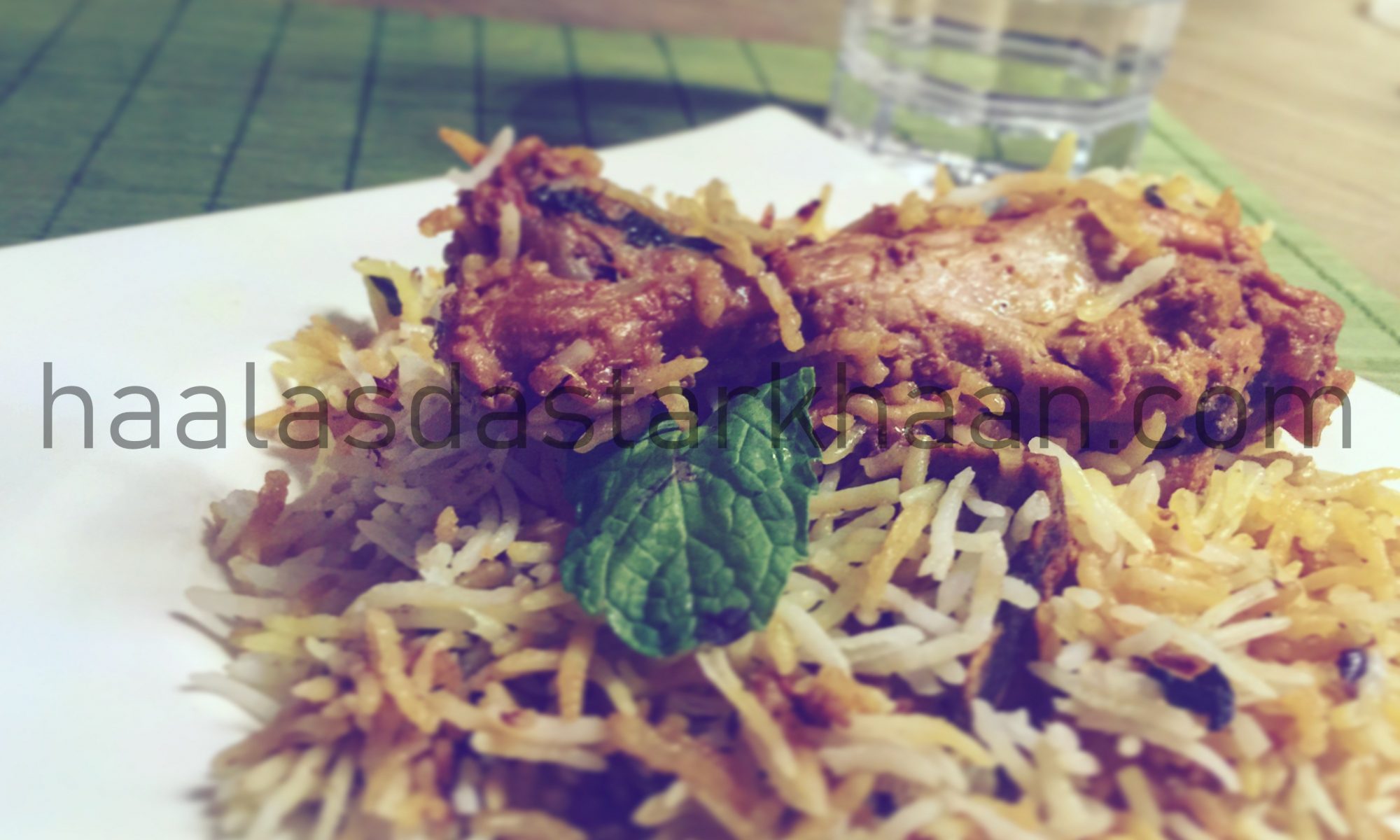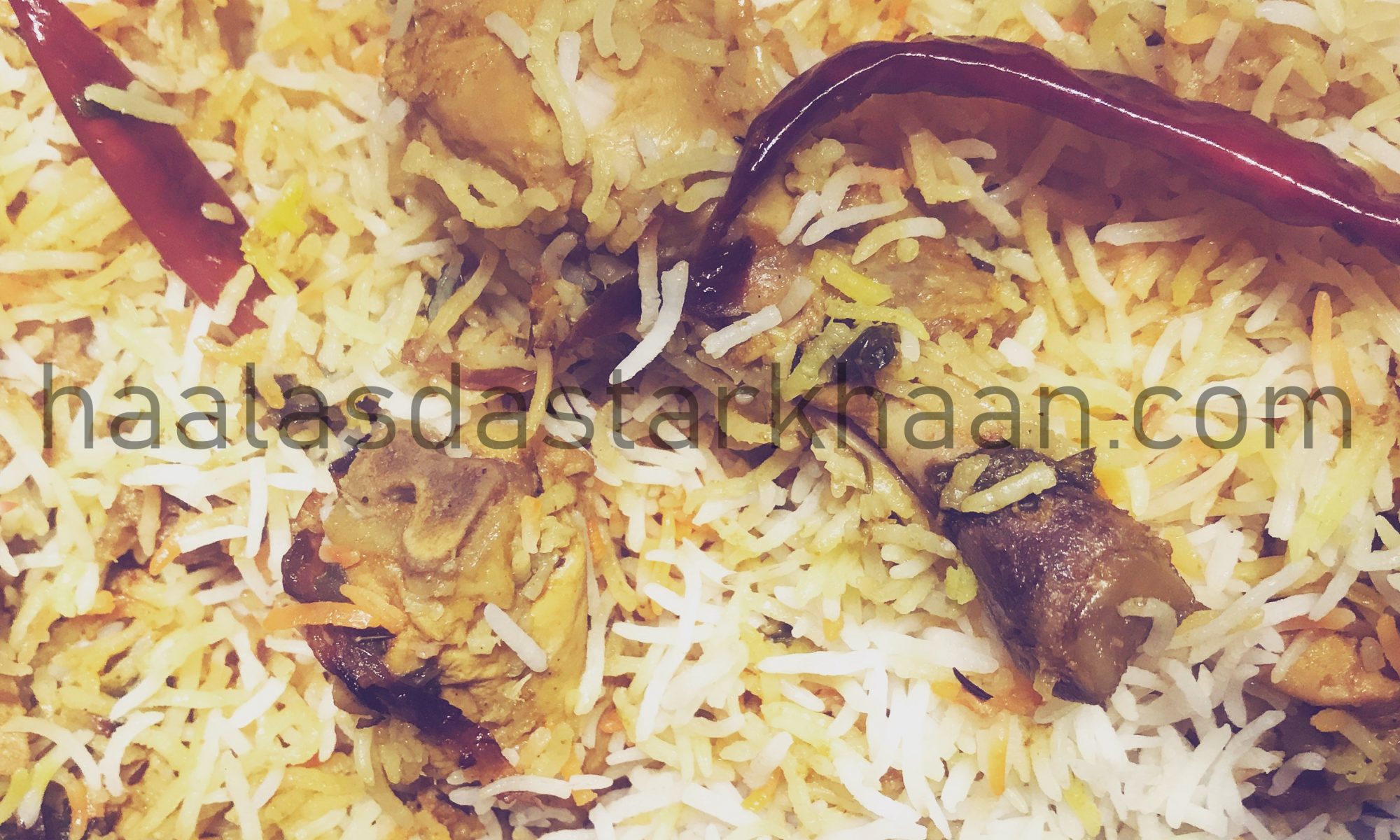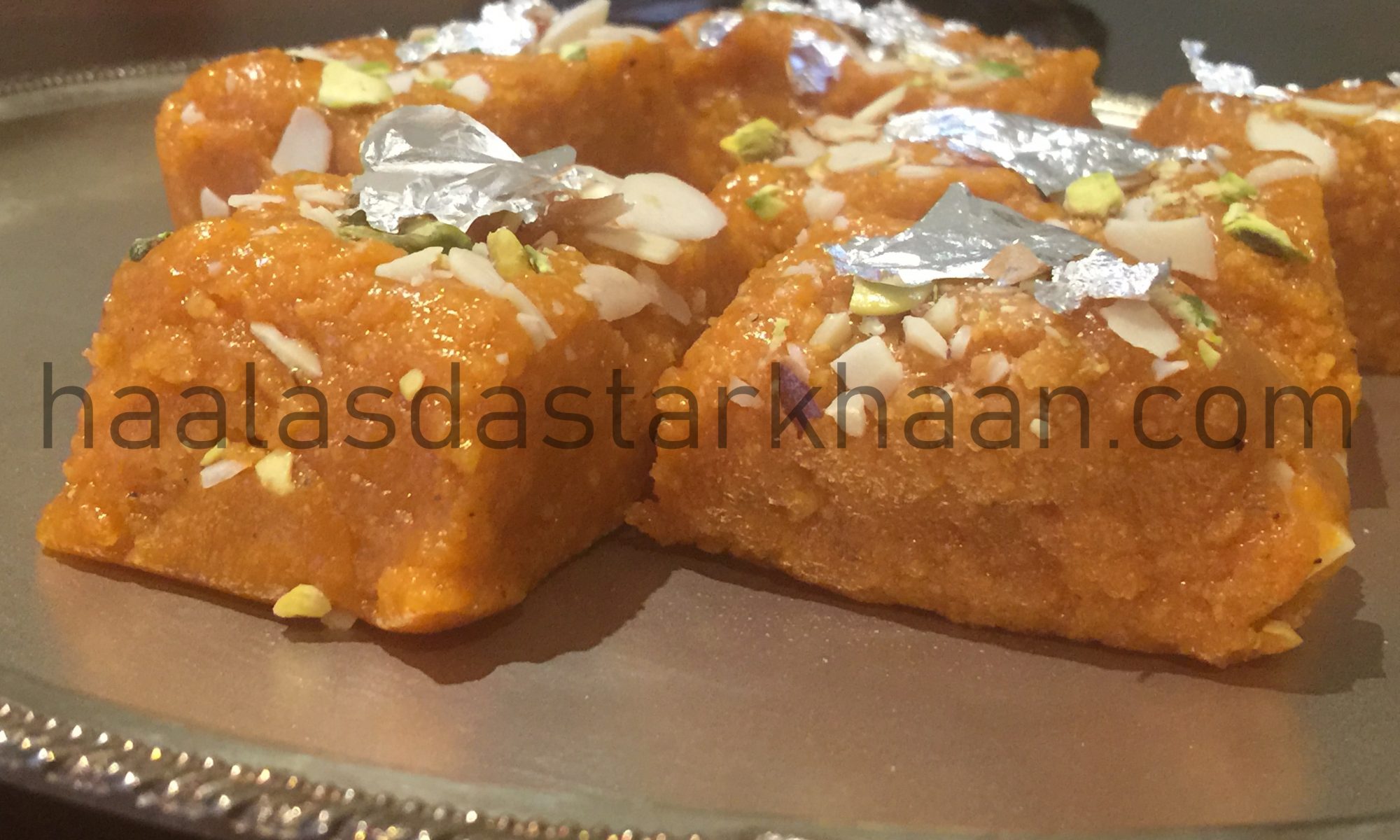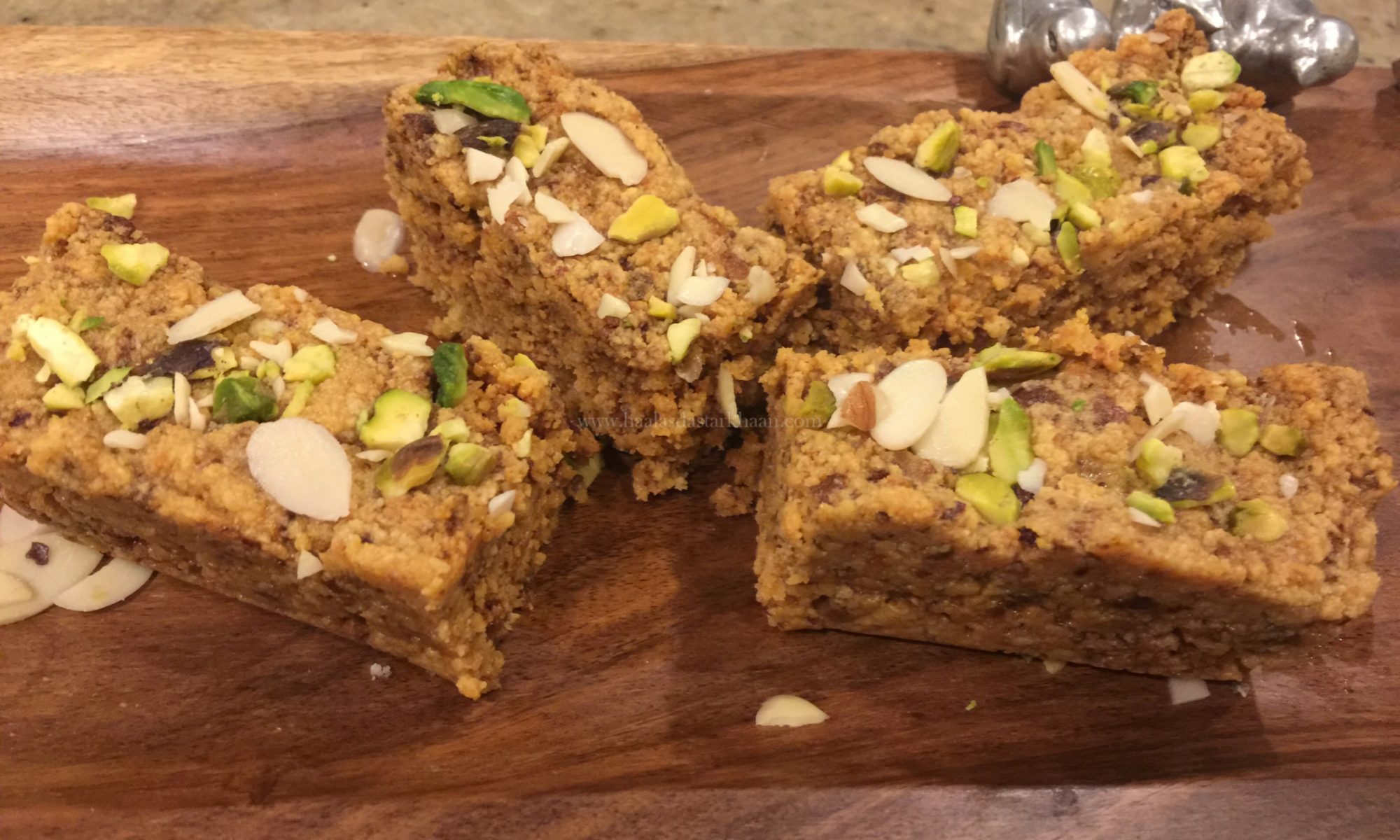One of the first laddu experiments that I did. Experiment sounds extremely funny, but the fact is that it was a complete experiment. I was newly married and wanted to impress my husband with my “Indian sweet” making skills. This was the time when my cooking were still doubtful and my food was mostly an experiment, when I tried something new.
Its really amazing to see yourself grow confident for something you are always so passionate about. Its not that I never make any cooking mistakes anymore, we all do at some point. Sometimes a dish made in rush turns out amazing and something that you give a lot of time to gets messed up, and leaves you wondering that what could have you possibly done wrong. But, you are a master when you learn how to fix up your mistakes and still be able to serve a lovely dish. The art of being able to fix a dish is called cooking.
Coming back to the Laddus, so these sweet balls of flavor were a hit from the first time Mr. Parveez tasted them. But, the original thought of making Laddus wasn’t what I had in mind. I was actually trying to make Rajasthani sattu. I believe the amount of ghee that needs to be added in making the sattu was the reason I didn’t get the dish right. Mr. Parveez doesn’t enjoy Ghee much, to my disappointment, and as much as I would like to add ghee to my sweets [the Marwari in me], I am not able to. So, the sattus didn’t turn out right due to me watching and deducting the quantity of ghee and once I messed that up, I needed to fix that and this is when the Laddus were made. I figured out that adding sooji gave them a little crunch and made them taste better too.
Now, the sugar that we have in USA is granulated sugar, so if you tend to use a thick grain sugar [white or brown], I would suggest you powder it before using. A lot of Laddus require chashni or sugar syrup and since this recipe requires adding sugar in solid state, you need something that mixes in properly.
These are easy to make for beginners as well. So, if you happen to be new at cooking and would like to impress loved ones with something easy and special, this recipe is for you. Enjoy!!!
